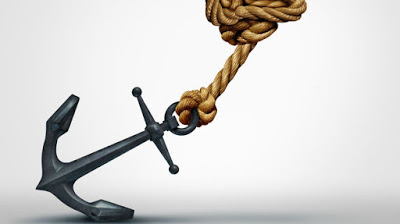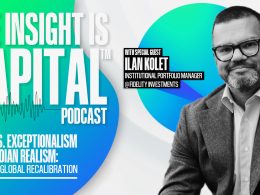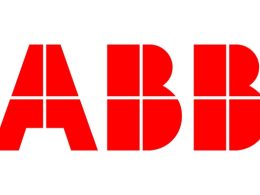by Samuel Rines Macro Strategist, Model Portfolios, WisdomTree
FaST (Few Sentence Takeaway): Markets were supposed to stumble under the weight of tariffs, tight monetary policy and weakening consumer sentiment, but earnings say otherwise. With Q2 results, the July FOMC and shifting trade dynamics all converging, we're finally starting to find out what truly matters: guidance, not just headlines.
It was supposed to be a difficult quarter. Tariffs, tighter financial conditions and a wary consumer were expected to weigh heavily on corporate earnings. Yet, that pessimism is being steadily walked back.
Companies are managing the tariff transition with surprising finesse. Stage one: withdraw or slash guidance is largely behind us. Stage two: reinstating or raising that guidance is well underway. Stage three: price increases and margin defense is just getting started.
P&G Tariff Guidance Revision
So category growth, question mark in the short term. Midterm, we expect it to return to 3% to 4% growth rate. The levers for us are the same levers that we talk about in our integrated strategy. I think the tariff impacts that are visible to us right now at a gross level are in the range of $1 billion to $1.5 billion. So it's not immaterial. For us to offset those in the short term, we have to consider productivity, which we will double down on, and we have a very strong productivity plan over the next 3 years that I feel very bullish about.1
But then …
The Company estimates a headwind of around $200 million after-tax from unfavorable commodity costs and a net headwind of roughly $250 million after-tax from modestly higher net interest expense and its core effective tax rate. In addition, the Company's outlook includes around $1 billion dollars before-tax, or approximately $800 million after-tax, in higher costs from tariffs. The Company said it expects a tailwind from foreign exchange rates of approximately $300 million dollars after-tax. Combined, the net of these impacts equates to a headwind of $0.39 per share for fiscal 2026, or a six percent drag on core EPS growth.2
Procter & Gamble didn't post a blowout quarter, but they significantly revised their expected tariff hit—from a $1 billion–$1.5 billion range down to approximately $1 billion. That's not insignificant mitigation, but it is clarity. The same goes for Polaris Industries and Stanley Black & Decker, both of which recalibrated their estimates as tariff negotiations evolved. Not every supply chain is favorable, and not every company has navigated it equally well, but margin preservation is becoming a real and replicable story.

Source: Polaris Industries investor presentation, 4/29/25 (emphasis added).
And then …

Source: Polaris Industries investor presentation, 7/29/25 (emphasis added).

Source: Stanley Black & Decker investor presentation, 4/29/25 (emphasis added).
And then …

Source: Stanley Black and Decker investor presentation, 7/29/25 (emphasis added).
This is no longer a story of damage control—it's becoming a blueprint for resilience. And one of the most underappreciated signals this quarter is just how many companies are using tariff visibility to guide margins higher, not lower.
It's not just about tariffs, either. Earnings from P&G, Colgate and Kimberly-Clark are giving us a clearer sense of how corporates are responding to cost pressures. Royal Caribbean and Hershey are revealing pricing power. Meta and Microsoft are outlining capex strategies and the pace of AI monetization. Amazon, of course, is speaking to all of the above.
The Federal Reserve adds another layer. This quarter's FOMC decision was expected to be uneventful, no rate cuts, minimal surprises. But like corporate earnings, it's the guidance that matters. In June, the FOMC penciled in a more hawkish stance in the out years. That now gives them room to surprise dovishly without deviating too far from previous positions. The voices most eager to cut are already signaling their views. Dissent is likely, and so is a shift in tone.
FOMC Summary of Economic Projections (SEP)—June 2025

Source: FOMC SEP, as of June 2025 (emphasis added).
and

Source: FOMC SEP, as of June 2025 (emphasis added).
If dovish language emerges, paired with better-than-feared earnings, markets may begin to price in the end of the elevated interest rate environment—just ahead of Jackson Hole.
That's what this month is really about: finding out.
Is the consumer resilient? Are companies adapting profitably to tariffs? Is the Fed preparing to pivot? If the answer to all three is "yes," it could be a month to remember. If not, well—still a month to remember.
1 Source: P&G earnings call, 4/24/25 (emphasis added).
2 Source: P&G earnings call, 7/29/25 (emphasis added).
Copyright © WisdomTree














